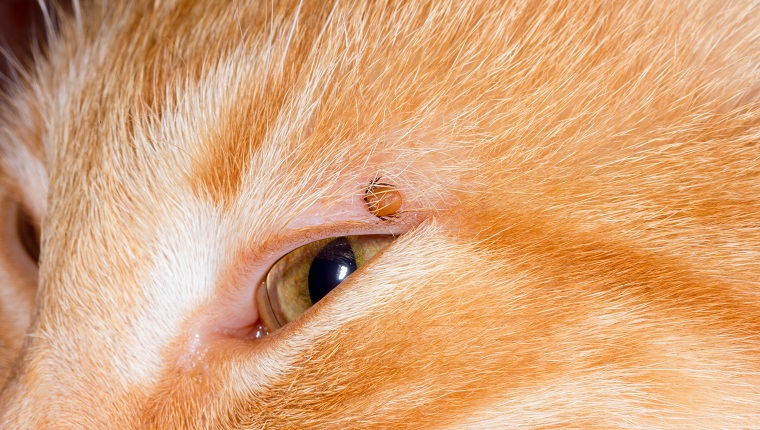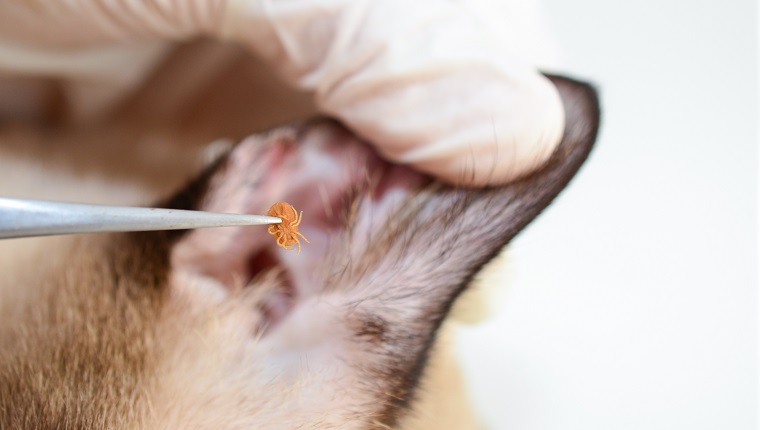Tick paralysis in cats is a medical condition that involves toxins present in the saliva of ticks causing a cat’s nervous system to react in a negative way. This reaction can result in a series of symptoms and, in some cases, paralysis.
The condition generally sets in around six to nine days after a tick attaches itself to a cat.
If you see signs that your cat might be suffering from symptoms due to a tick bite, then you must consult your veterinarian for a proper diagnosis and advice. Here’s what you should know about the symptoms, causes, and treatments of tick paralysis in cats.
Symptoms Of Tick Paralysis In Cats
Tick paralysis in cats can bring on a range of symptoms that often get progressively worse and more severe. Some of the most common symptoms include:
- Seeming unable to walk
- Hind leg weakness
- Vomiting
- Loss of appetite
- Salivating
- Acting lethargic
- Dilated pupils
- Breathing difficulties
- Voices changes
In general, it is common for symptoms to start around six to nine days after a tick first attaches itself to a cat.
Causes Of Tick Paralysis In Cats

The cause of cat tick paralysis in cats is a toxin that’s present in a tick’s saliva. When a tick attaches itself to a cat, its saliva can cause a cat’s nervous system to react to it.
While only one tick is needed to cause this condition, a tick infestation is often also present in cat’s suffering from it.
Veterinary Treatments
If you worry that your cat is suffering from cat tick paralysis, then your veterinarian will want to conduct a physical examination in order to try and locate the tick. Additionally, they will monitor your cat’s symptoms.
Your vet will also ask about your cat’s recent activities and try to figure out if they’ve been in environments that are home to ticks, such as wooded outdoor areas.
When it comes to treatment, physical removal of the tick is key. If the vet cannot locate the tick, they may use an insecticidal bath to kill any ticks on your cat.
Depending on the severity of your cat’s condition, they’ll usually have to stay in hospital so that their symptoms can be carefully monitored and stabilized.
While recovering at home, it is important that your cat can relax in a calm and quiet environment. Additionally, your vet might suggest adding supplements to your cat’s diet if the paralysis has caused them any issues with eating.
Has your cat ever suffered from tick paralysis? How did your vet help your kitty recover? Tell us all about it in the comments below.




